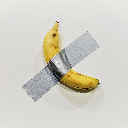-
 Bitcoin
Bitcoin $111300
-0.83% -
 Ethereum
Ethereum $4296
-0.28% -
 XRP
XRP $2.970
-0.28% -
 Tether USDt
Tether USDt $0.0000
0.01% -
 BNB
BNB $876.7
-0.13% -
 Solana
Solana $216.7
0.50% -
 USDC
USDC $0.9998
0.01% -
 Dogecoin
Dogecoin $0.2424
1.50% -
 TRON
TRON $0.3345
0.88% -
 Cardano
Cardano $0.8635
0.03% -
 Hyperliquid
Hyperliquid $53.38
5.54% -
 Chainlink
Chainlink $23.07
0.27% -
 Ethena USDe
Ethena USDe $1.001
0.02% -
 Sui
Sui $3.463
-0.21% -
 Stellar
Stellar $0.3738
-0.33% -
 Bitcoin Cash
Bitcoin Cash $578.5
-1.51% -
 Avalanche
Avalanche $26.00
2.07% -
 Hedera
Hedera $0.2276
0.77% -
 UNUS SED LEO
UNUS SED LEO $9.548
0.02% -
 Cronos
Cronos $0.2597
2.73% -
 Litecoin
Litecoin $112.0
-0.64% -
 Toncoin
Toncoin $3.089
-0.29% -
 Shiba Inu
Shiba Inu $0.00001285
-0.10% -
 Polkadot
Polkadot $4.098
1.54% -
 Uniswap
Uniswap $9.484
-0.88% -
 Ethena
Ethena $0.8361
8.06% -
 Dai
Dai $0.9998
0.01% -
 Monero
Monero $269.5
-0.68% -
 World Liberty Financial
World Liberty Financial $0.1994
-4.02% -
 Aave
Aave $299.1
-1.29%
What does it mean if the funding rate is negative on Kraken?
On Kraken, a negative funding rate means short traders pay longs, signaling bearish sentiment and helping align perpetual contract prices with the spot market.
Aug 13, 2025 at 11:35 am
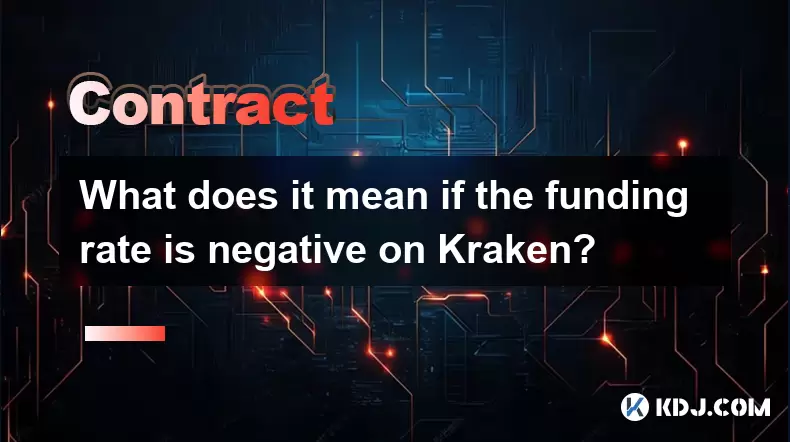
Understanding Funding Rates in Crypto Derivatives
Funding rates are a critical mechanism in perpetual futures contracts on cryptocurrency exchanges like Kraken. Unlike traditional futures contracts with expiration dates, perpetual contracts do not expire, which means a pricing alignment tool is required to keep the contract price close to the underlying spot market price. This is where the funding rate comes into play. It is a periodic payment exchanged between long and short position holders to anchor the perpetual contract’s price to the spot price. The direction and sign of the funding rate—positive or negative—indicate which side of the market is paying the other.
When the funding rate is negative, it signals that short position holders are paying long position holders. This typically occurs when the perpetual contract is trading below the spot price, a condition known as contango in reverse or backwardation. The exchange calculates the funding rate based on the difference between the mark price (the fair value of the contract) and the index price (the average spot price across major exchanges). If the perpetual price is lower than the index price, the system incentivizes longs by making shorts pay them, encouraging buying pressure to bring the contract price back in line.
How Kraken Calculates and Applies Funding Rates
Kraken determines the funding rate through a formula that considers both the premium index and the interest rate component. The premium index measures the deviation between the perpetual contract price and the underlying index price. The interest rate component is usually minimal, often set near zero, since crypto markets do not have a conventional risk-free rate. The total funding rate is derived from these two elements and is updated every minute, though payments are typically settled every 8 hours.
On Kraken, funding payments occur at fixed intervals—04:00 UTC, 12:00 UTC, and 20:00 UTC. At each interval, the platform checks the current funding rate and automatically transfers funds between traders. If the rate is negative, Kraken deducts funds from traders holding long positions and distributes them to those holding short positions. This process is seamless and happens in the background. The actual amount paid or received depends on the size of the position and the prevailing funding rate at the settlement time.
For example, if the funding rate is -0.01%, a trader with a $10,000 long position would pay $1 at the next funding interval, while a trader with a $10,000 short position would receive $1. These payments are automatically reflected in the trader’s futures wallet balance without requiring manual action.
Interpreting a Negative Funding Rate on Kraken
A negative funding rate on Kraken indicates bearish sentiment or stronger selling pressure in the perpetual futures market. It suggests that more traders are opening short positions relative to longs, pushing the contract price below the spot price. This imbalance triggers the funding mechanism to compensate longs for holding the less popular side of the trade.
This scenario often arises during market downturns or periods of high uncertainty. Traders may short the market expecting further price declines, leading to an oversupply of sell orders in the futures market. The resulting negative funding rate acts as a corrective signal, encouraging traders to open long positions by offering them a periodic income. Over time, this can help stabilize the contract price and reduce divergence from the spot market.
It’s important to note that a negative funding rate does not necessarily mean the market will reverse. It reflects current positioning and sentiment, not future price direction. Traders should analyze funding rates alongside other indicators such as open interest, volume, and price action to gain a comprehensive view.
Impact on Trading Strategies
Traders can use negative funding rates to inform their strategies. For instance, carry traders may look to open long positions during periods of negative funding to collect regular payments from shorts. This strategy works best in sideways or slightly bullish markets where the price doesn’t drop significantly, allowing the trader to profit from both funding receipts and stable price action.
Conversely, traders with strong bearish convictions may continue holding short positions despite the negative funding rate, anticipating that price depreciation will outweigh the cost of funding payments. In such cases, the net profit depends on whether the price drop exceeds the cumulative funding expenses.
For automated trading bots or grid strategies, integrating funding rate data is essential. Bots can be programmed to:
- Avoid opening long positions when funding rates are highly positive
- Prioritize short entries when funding rates are negative and growing
- Close positions just before funding settlement to avoid unexpected deductions
Kraken’s API provides real-time access to funding rates, enabling algorithmic traders to incorporate this data into their decision-making logic.
How to Check Funding Rates on Kraken
To monitor funding rates on Kraken, follow these steps:
- Log in to your Kraken account and navigate to the Futures trading interface
- Select the desired perpetual contract (e.g., BTC/USD)
- Locate the funding rate indicator, usually displayed near the price chart
- View the next funding time and the current rate percentage
- Access historical funding data via the funding rate history tab or API endpoint
Kraken also offers a dedicated futures funding rate page where users can see real-time rates across all contracts. This information is crucial for timing entries and exits. Traders can set up alerts using third-party tools or scripts that pull data from Kraken’s public API endpoints such as /api/v2/funding_rates.
Risks Associated with Negative Funding Rates
While negative funding rates can benefit long holders, they also carry risks. If the market continues to decline, the gains from funding payments may be outweighed by unrealized losses on the position. Additionally, funding rates can change rapidly. A negative rate can turn positive within hours if market sentiment shifts, flipping the payment direction unexpectedly.
Leveraged positions are especially vulnerable. A trader holding a highly leveraged long position may face liquidation if the price drops sharply, even if they are receiving funding payments. Therefore, risk management—such as using stop-loss orders and monitoring margin levels—is critical when trading in environments with negative funding rates.
Frequently Asked Questions
What happens if I close my position before the funding payment time?If you close your position before the funding interval (04:00, 12:00, or 20:00 UTC), you will neither pay nor receive funding. Funding is only applied to open positions at the exact moment of settlement.
Can the funding rate be zero on Kraken?Yes, Kraken can have a zero funding rate when the perpetual contract price aligns perfectly with the index price and there is no significant premium or discount. This indicates balanced market sentiment between longs and shorts.
Does Kraken charge additional fees for funding payments?No, Kraken does not charge any extra fees for funding transfers. The funding mechanism is a peer-to-peer payment between traders, and the exchange does not take a cut from these transactions.
How often are funding rates updated on Kraken?The funding rate is recalculated every minute based on market conditions, but actual payments are settled only three times per day at fixed intervals. The displayed rate reflects the current average leading up to the next settlement.
Disclaimer:info@kdj.com
The information provided is not trading advice. kdj.com does not assume any responsibility for any investments made based on the information provided in this article. Cryptocurrencies are highly volatile and it is highly recommended that you invest with caution after thorough research!
If you believe that the content used on this website infringes your copyright, please contact us immediately (info@kdj.com) and we will delete it promptly.
- BlockDAG, DOGE, and XRP: Navigating Crypto Milestones in a Shifting Market
- 2025-09-10 14:25:15
- Meme Coins, Crypto Whales, and Investment Strategies: What's Hot in 2025?
- 2025-09-10 14:25:15
- Cloud Mining in 2025: Platforms Delivering Reliable Profits
- 2025-09-10 14:30:12
- Crypto Market Bracing for Violent Move: What's Next?
- 2025-09-10 12:25:13
- CoinShares' Nasdaq Debut: Redefining Crypto on Wall Street
- 2025-09-10 12:45:15
- Kaspa, BlockDAG, Solana: Unpacking the Crypto's Latest Buzz
- 2025-09-10 12:25:13
Related knowledge
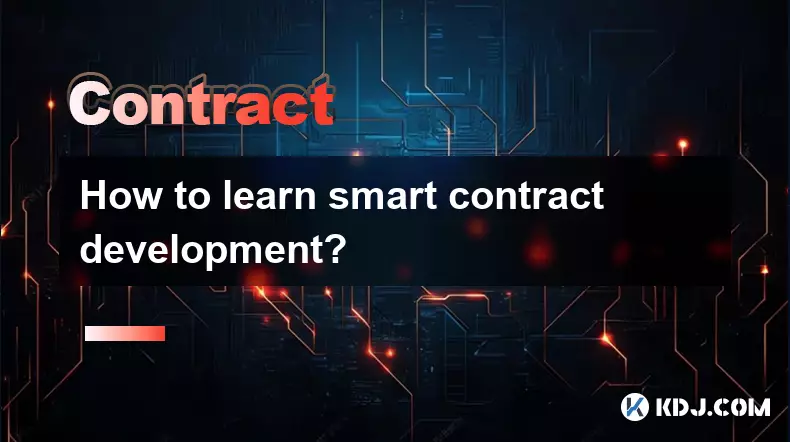
How to learn smart contract development?
Sep 09,2025 at 02:18am
Understanding the Foundation of Smart Contracts1. Smart contract development begins with a solid understanding of what smart contracts are—self-execut...
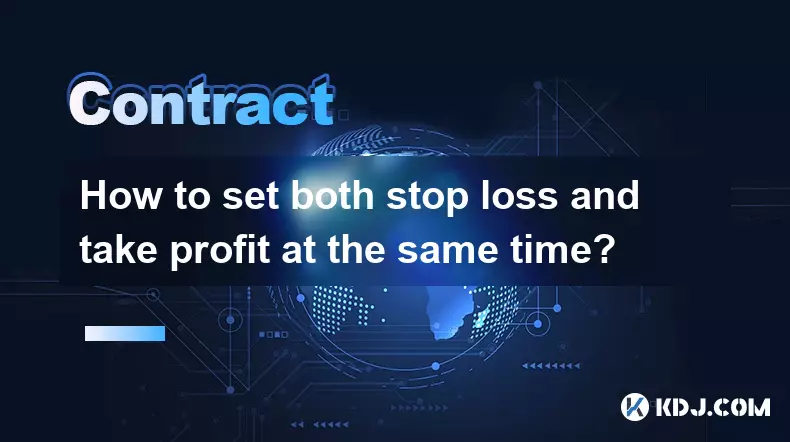
How to set both stop loss and take profit at the same time?
Sep 06,2025 at 04:36pm
Understanding Simultaneous Stop Loss and Take Profit Orders1. Placing both stop loss and take profit orders at the same time is a standard practice in...

What is copy trading for crypto futures?
Sep 07,2025 at 02:00am
What Is Copy Trading in Crypto Futures?1. Copy trading in crypto futures allows investors to automatically replicate the trades of experienced traders...
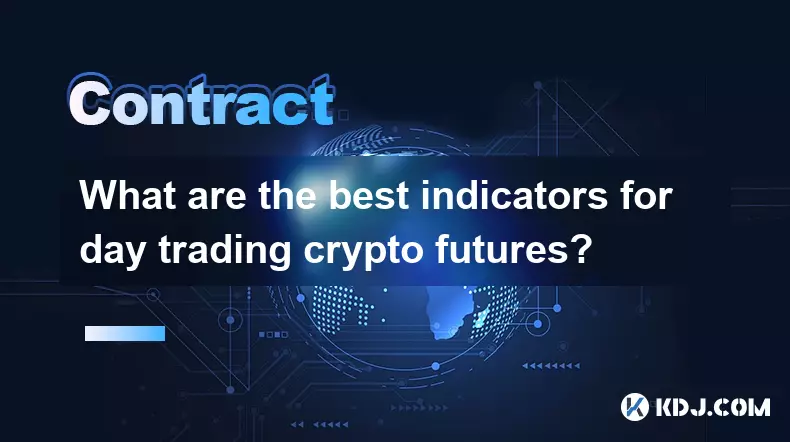
What are the best indicators for day trading crypto futures?
Sep 08,2025 at 10:18am
Top Technical Indicators for Crypto Futures Day Trading1. The Relative Strength Index (RSI) is widely used to identify overbought or oversold conditio...
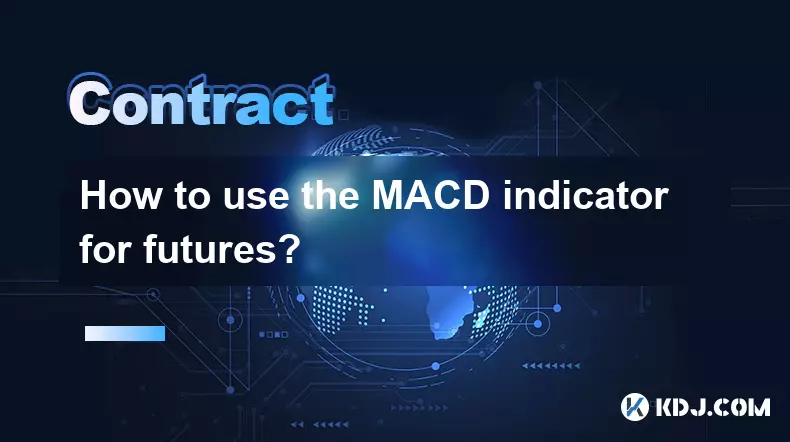
How to use the MACD indicator for futures?
Sep 07,2025 at 09:00pm
Understanding the MACD Indicator in Futures Trading1. The MACD (Moving Average Convergence Divergence) indicator is a momentum oscillator widely used ...

What to do if you are about to be liquidated?
Sep 06,2025 at 01:00am
Understanding Liquidation in the Crypto Market1. Liquidation occurs when a trader’s margin balance falls below the required maintenance margin, forcin...

How to learn smart contract development?
Sep 09,2025 at 02:18am
Understanding the Foundation of Smart Contracts1. Smart contract development begins with a solid understanding of what smart contracts are—self-execut...

How to set both stop loss and take profit at the same time?
Sep 06,2025 at 04:36pm
Understanding Simultaneous Stop Loss and Take Profit Orders1. Placing both stop loss and take profit orders at the same time is a standard practice in...

What is copy trading for crypto futures?
Sep 07,2025 at 02:00am
What Is Copy Trading in Crypto Futures?1. Copy trading in crypto futures allows investors to automatically replicate the trades of experienced traders...

What are the best indicators for day trading crypto futures?
Sep 08,2025 at 10:18am
Top Technical Indicators for Crypto Futures Day Trading1. The Relative Strength Index (RSI) is widely used to identify overbought or oversold conditio...

How to use the MACD indicator for futures?
Sep 07,2025 at 09:00pm
Understanding the MACD Indicator in Futures Trading1. The MACD (Moving Average Convergence Divergence) indicator is a momentum oscillator widely used ...

What to do if you are about to be liquidated?
Sep 06,2025 at 01:00am
Understanding Liquidation in the Crypto Market1. Liquidation occurs when a trader’s margin balance falls below the required maintenance margin, forcin...
See all articles




















































































